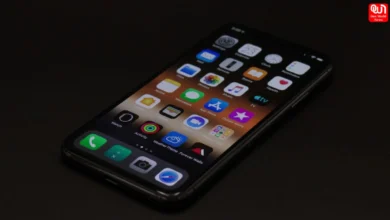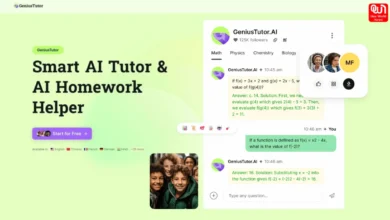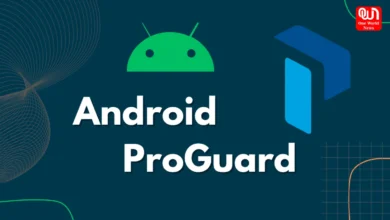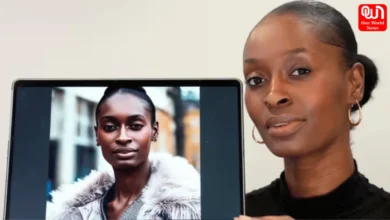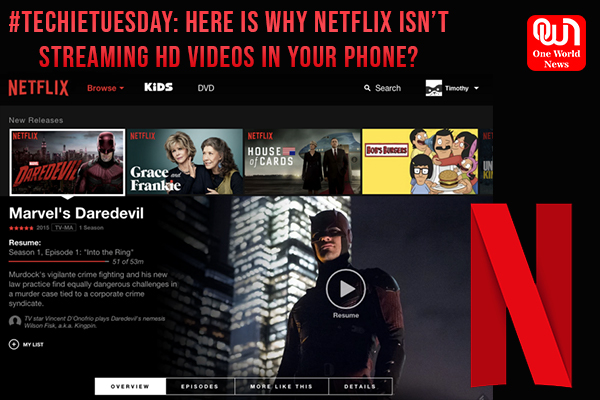
Phones require certain certification to be able to play HD videos on Netflix
After having a long, gruelling day at work or college when you put your headphones to watch your favourite Netflix series and the show doesn’t play in 720 HD or 1080 HD, isn’t irritating? Most of the mid-range phones of Oppo, Vivo, Redmi, Real Me and more don’t play your favourite show or movie in HD. There is a massive difference in visual and audio experience in HD quality and SD quality. You might be wondering that even after paying for a full HD plan why you aren’t able to watch HD videos.
While you might think that either Netflix or your the internet service provider is to be blamed, but it’s your device which should be blamed. It’s baffling that even in 2019 your phone is not compatible to stream HD videos on Netflix, Amazon Prime Video, Hotstar, Sonyliv, and other streaming services.
Your phone is missing something important: What is that element?
Your video doesn’t play HD quality because your phone might be missing the Widevine DRM Level 1 (L1) certificate. Netflix and other major content streaming platform require this certification to play HD content. Most of the mid-range and budget phones come with Widevine DRM Level (L3) which can only play SD videos.
However, there are some affordable phones from Xiaomi, Asus, Motorola which doesn’t play HD videos even though they have L1 certification. Apart from L1 certification, the phone also needs additional approval from Netflix. Devices which are not acknowledged by Netflix will not support HD streaming even though they are the Widevine DRM Level 1 certified.
Netflix has listed all the phones and tablets list which support HD and HDR content on its official website. You can check your phone’s name here https://help.netflix.com/en/node/23939 . Click on the link and then go the ‘Netflix in HD’ section. You will find the list of phones there.
What is Widevine DRM certification and why do you need it in your phone?
Widevine Digital Rights Management (DRM) is based on the device security for content protection. Certification is meant to prevent copying or privacy of data services provided by these services to Internet users.
Services like Netflix, Amazon can stream befitting content quality depending upon hardware and security of the user’s phone using the DRM without putting loads of work on the server.
Widevine standards integrate Common Encryption (CENC), dynamic adaptive streaming and licensing key exchange over HTTP (DASH) for safe and secure transmission.
There are three types of certification levels. L1, L2 and L3. As discussed earlier, a phone needs to be L1 certified to stream HD videos on Netflix and other video streaming services.
Not just the phones but web browsers for Desktop and Laptops are also L3 certified only. Google chrome when used on Desktop and Laptops stream videos of Netflix in HD quality only because it is L3 certified.
Read more: Top 5 Smartwatches under Rs 2,000 in India, Features Explained
Why your phones don’t have L1 certification?
There is only one possible explanation for this question. Most of the modern phones have required hardware (chipsets) and are compatible. Widevine does not charge anything for L1 certification so the only reason why manufacturers are ignoring this serious oversight is that we haven’t asked them.
Is it possible to get L1 certification with OTA update?
Not all the phone manufacturing companies have really talked about it but POCO F1 got this update via OTA in 2017.
How to check if your phone is Widevine L1 certified or not?
Simply, download the DRM Info app from Play Store and install it. Once you install it, open the app, it will show a chunk of information. Watch to the right of “Security Level” column and the certification level will be written there. It could be L1, L2 or L3.
Have a news story, an interesting write-up or simply a suggestion? Write to us at info@oneworldnews.com



